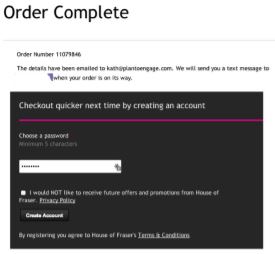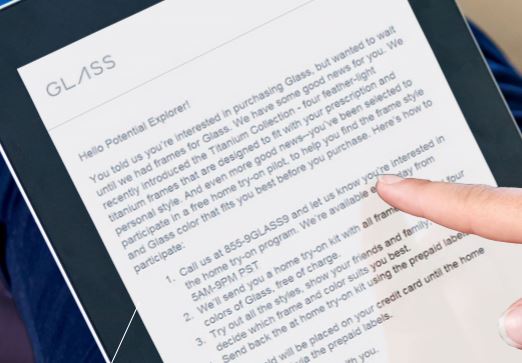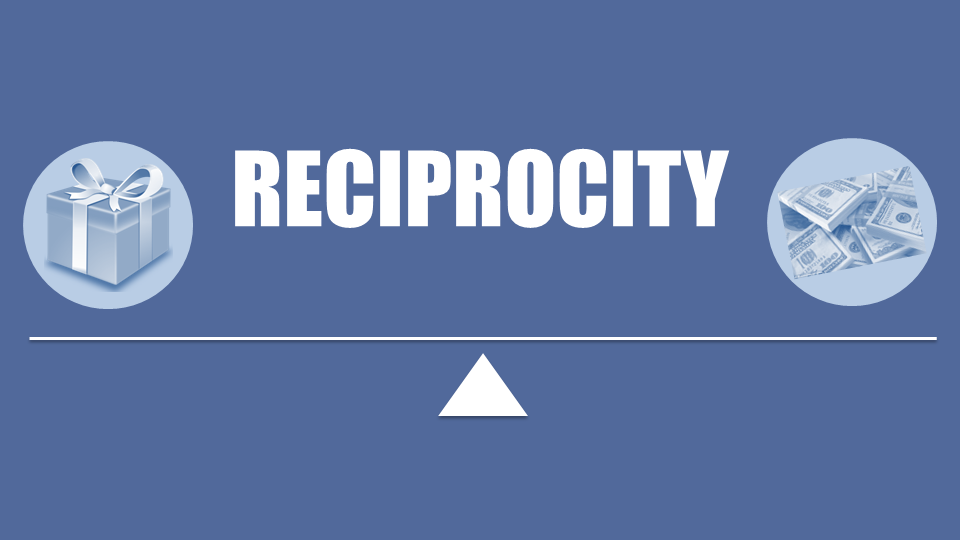- Have any questions?
- [email protected]
COMMITMENT AND CONSISTENCY

Reciprocity in Digital Marketing
November 28, 2023The principle of commitment and consistency declares that as human beings, we have a deep need to be seen as reliable and true to our word.
Most people dislike saying one thing and then doing another; therefore, once a person has publicly committed to something, she is more likely to go through with it—even when the original motivation for the commitment is gone.
That’s why if you can get buyers to make a small commitment to your brand, such as subscribing to your communications or participating in a reward program, they are more likely to eventually purchase from you.
 Many online retailers ask users to create an account before purchase, but House of Fraser, in Figure 1, offers buyers an option to buy without registering.
Many online retailers ask users to create an account before purchase, but House of Fraser, in Figure 1, offers buyers an option to buy without registering.
During the purchase process, House of Fraser collects the same details they need to register an account, but includes that data collection as part of the guest purchase process. By the time a buyer has completed a purchase, House of Fraser has everything it needs to create an account—all a buyer needs to do is enter a password. This is the commitment and consistency principle in action and done well because it puts the burden of work on the organization, not the buyer, making it very easy for the buyer to sign up.
 Another effective way to leverage the reciprocity principle is to get your products into buyers’ hands—even if there is no implicit or explicit commitment to buy.
Another effective way to leverage the reciprocity principle is to get your products into buyers’ hands—even if there is no implicit or explicit commitment to buy.
Google Glass’ Home Try-On Program leverages this method—as you can read in the letter sent to potential customers, shown in Figure 2.
The GlassCRM team knows that if they can get a set of frames to a buyer, they’ll improve their chances of making a sale, and the possibility that the buyer will share a word-of-mouth recommendation. So they make trying the product as frictionless as possible, making the request for samples simple, including free delivery, allowing buyers to order the frames they want, and finally offering complimentary return of samples. They say there’s no commitment, but they are obviously students of Robert Cialdini—and are relying upon the sense of commitment a buyer feels the minute they open the box.
Another great way to leverage the commitment and consistency principle is by using the power of a subtle nod. Get buyers to answer ‘yes’ to a couple of questions and they will feel compelled to find out more. For example, a great subject line for a retailer email could be something like: “Want to be seen in the latest fashion? Want to be the envy of your friends? Then check out our new exclusive collection.”


